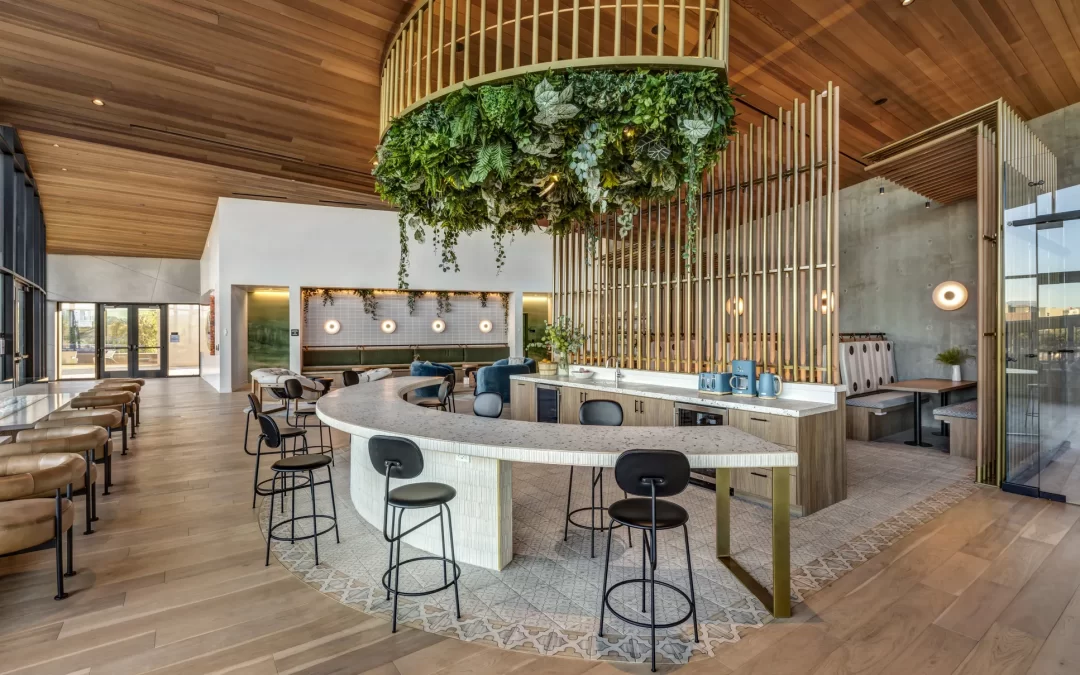Channel stitching on upholstery might sound like a niche term, but it’s a technique that’s been around for centuries, adding elegance and functionality to furniture. If you’ve ever admired the sleek, tufted look of a sofa or noticed the structured lines on the back of a dining chair, you’ve likely encountered channel stitching. It’s a timeless design element that brings both aesthetic appeal and practical benefits to upholstered furniture.
What Is Channel Stitching?
Channel stitching, often referred to as “channel tufting,” is a sewing technique used in upholstery to create raised, vertical lines or panels on furniture. These channels are formed by stitching fabric in parallel lines, creating a series of soft, padded ridges. The result is a textured, structured look that adds depth and visual interest to furniture pieces.
This technique is commonly seen on sofas, chairs, headboards, and even ottomans. It’s a versatile method that can be adapted to various styles, from traditional to modern, making it a popular choice among interior designers and furniture makers.
Benefits of Channel Stitching
Channel stitching isn’t just about looks—it offers several functional and aesthetic benefits:
-
Adds Texture and Depth
The raised channels create a three-dimensional effect, making furniture appear more dynamic and luxurious. This texture can elevate even the simplest designs. -
Enhances Durability
The stitching helps distribute tension across the fabric, reducing wear and tear in high-traffic areas. This makes it an excellent choice for furniture that sees regular use. -
Hides Imperfections
Channel stitching can camouflage minor flaws in the fabric or padding, such as slight unevenness or fading. -
Versatile Style
Whether you’re aiming for a classic, vintage look or a sleek, contemporary vibe, channel stitching can be tailored to suit your design goals.
Uses of Channel Stitching in Interior Design
Channel stitching is a versatile technique that can be applied to a wide range of furniture pieces and design styles. Here are some of its most common uses:
-
Sofas and Sectionals
Channel stitching is a popular choice for sofas, especially in formal living rooms or lounges. It adds a touch of sophistication and structure to the piece. -
Accent Chairs
Chairs with channel stitching become statement pieces, drawing attention and adding visual interest to any room. -
Headboards
Upholstered headboards featuring channel stitching can transform a bedroom, creating a luxurious focal point. -
Ottomans and Benches
These smaller pieces can benefit from channel stitching, adding a cohesive design element to your space.
Tips for Incorporating Channel Stitching
If you’re considering channel stitching for your upholstered furniture, here are some expert tips to keep in mind:
-
Choose the Right Fabric
Thicker fabrics like velvet, linen, or leather work best for channel stitching, as they hold the shape of the channels well. -
Pair with the Right Style
Channel stitching works beautifully in both traditional and modern settings. For a classic look, pair it with rich, dark fabrics. For a contemporary vibe, opt for lighter, neutral tones. -
Balance with Other Design Elements
Since channel stitching adds texture, balance it with smoother surfaces and simpler patterns to avoid overwhelming the space. -
Consider Maintenance
Channel stitching can collect dust and debris in the crevices, so regular cleaning is essential to maintain its appearance.
Examples of Channel Stitching in Action
To give you a better idea of how channel stitching can enhance your interior design, here are a few examples:
-
A Traditional Sofa with Deep Channels
Picture a dark blue velvet sofa with deep channel stitching in a formal living room. The texture and color create a sense of opulence and elegance. -
A Modern Accent Chair
Imagine a sleek, white leather chair with subtle channel stitching. It’s a minimalist yet impactful addition to a contemporary office or living space. -
A Luxurious Headboard
A tufted headboard with channel stitching in a neutral tone can elevate the design of a bedroom, creating a cozy, inviting atmosphere.
Channel Stitching vs. Other Upholstery Techniques
While channel stitching is a standout technique, it’s often compared to other upholstery methods like button tufting or diamond tufting. Here’s how it stacks up:
| Technique | Appearance | Best Uses |
|---|---|---|
| Channel Stitching | Vertical lines or panels | Sofas, chairs, headboards |
| Button Tufting | Indented, buttoned pattern | Chesterfield sofas, ottomans |
| Diamond Tufting | Diagonal, diamond-shaped pattern | Luxurious seating, headboards |
Each technique has its unique appeal, but channel stitching stands out for its clean, structured lines and versatility.
Final Thoughts
Channel stitching on upholstery is more than just a decorative technique—it’s a design element that combines form and function. Whether you’re looking to add texture to a sofa, create a statement piece with an accent chair, or elevate the style of a headboard, channel stitching offers endless possibilities.
At DyeLot, we believe in creating spaces that tell a story, and channel stitching is one of the many tools we use to craft memorable, authentic environments. By understanding its benefits, uses, and application, you can make informed decisions about incorporating this timeless technique into your interior design projects.
So, the next time you’re shopping for furniture or planning a redesign, consider the subtle yet transformative power of channel stitching. It’s a small detail that can make a big impact.



